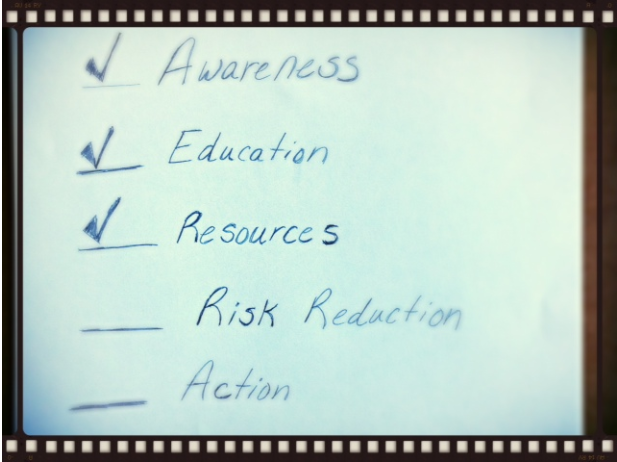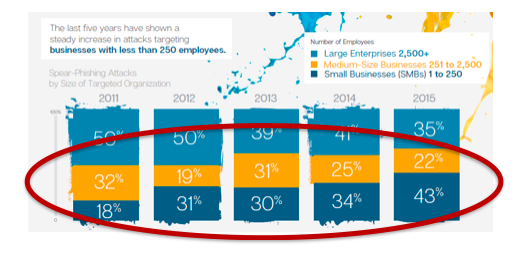Three Reasons To Stop Using Auto Direct Messages
Have you ever followed someone on Twitter and shortly after received a direct message thanking you for following? Of course you have. The real question is however, what was the content in that message? Was it a nice personal and specific message to you? Or, was it an “auto direct message” with some obvious attempt to sell you something and very generic? Something like: “Thanks for following. Check out my book or product. Or, follow me here (as in Facebook or Linked)”. If it was the latter, you are not alone. It’s really easy to set up those auto direct messages. However, is it really what you want to be doing? No! It is not in my humble opinion. In fact, it’s long overdue to to stop using auto direct messages.
More than a decade into social media and people still want the easy way out when building an audience or selling a product or service. I suppose I can’t blame them. After all, it is a busy world and using multiple social media, maintaining websites and using traditional marketing can be very time consuming. Like anything social media should be executed properly. This means first having a digital strategy that is part of an integrated marketing strategy and of course ties into your corporate objectives – whatever they may be. But let’s look at three reasons that you and your business should stop using auto direct messages.
Perhaps when Twitter first emerged and people used direct messages also affectionately known as DMs, it was pretty awesome to get an instant response after following someone. That time however, has come and gone. Rather than look sophisticated or super busy, you actually come across as taking short cuts. One of the original intentions of Twitter was to foster engagement. To build relationships with people that you couldn’t otherwise connect with in person. Additionally, if you are a loyal customer and love a certain brand, it was a way to connect and build a relationship.
2. You are Likely Spamming People and Breaking Anti-Spam Laws
Around the world laws for privacy and digital communications are changing.These laws often don’t only apply to a person or entity in the country in they live and/or operate a business in, but they cross geographic borders and digital boundaries. For example, the Canadian Anti-Spam Legislation, also known as CASL has specific laws government social media communications. The General Data Protection Regulation (GDPR) which covers Europe also has very specific rules for #privacy and while it has been in effect for a few years now, come May 25, 2018, full enforcement and penalties come into affect. This law is not just for Europeans, but for ANY business with customers IN Europe.
3. It’s Not All About You
Let’s think about our followers as more than just a number or someone that you can push your wares on. Instead, it’s about relationships. And, while some people still don’t believe that social media is about relationships, there are many more of us that believe that you can’t and shouldn’t use social media like we used old school print media. We need to build trust with our audience. We need to be authentic. When I follow someone and there response is thanks, buy this from me or add to my follower count on this other channel, it screams disingenuous intentions to me. It is the same thing as someone introducing him or herself to you at a party. They barely get a hello my name is X and you are already selling them “something” they may or may not need or want. The rule of thumb in any business is to form a relationship. An auto DM is not even close to doing that.
There are many other reasons not to do auto DMs and I would like to hear your reasons.
As a small business it’s not always easy to navigate the social media strategy needed. If you need assistance, we can help – keeping in mind #privacy legislation. Reach out! We are here to help.
















